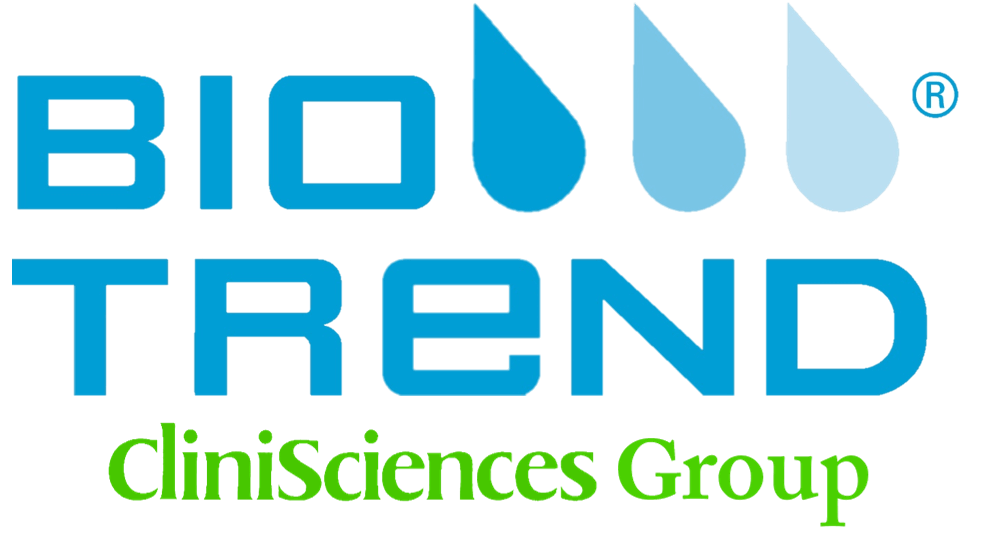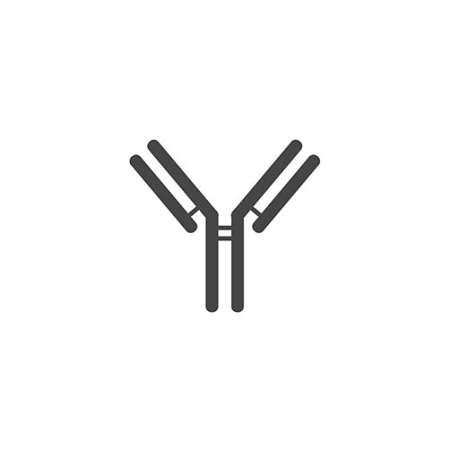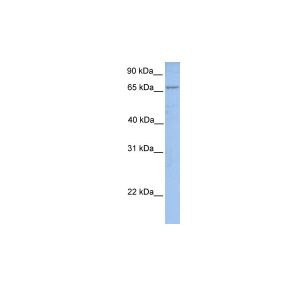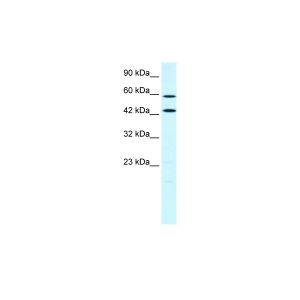ACSL1 Antibody - C-terminal region : Biotin
Cat# ARP32784_P050-Biotin
Size : 100ul
Brand : Aviva Systems Biology
| Datasheets/Manuals | Printable datasheet for anti-ACSL1 (ARP32784_P050-Biotin) antibody |
|---|
| Publications | Golej, D. L. et al. Long-chain acyl-CoA synthetase 4 modulates prostaglandin E₂ release from human arterial smooth muscle cells. J. Lipid Res. 52, 782-93 (2011). WB, Human, Mouse, Rat, Dog, Bovine, Horse, Zebrafish, Guinea pig 21242590 |
|---|---|
| Predicted Species Reactivity | Human, Mouse, Rat, Cow, Dog, Guinea Pig, Horse, Zebrafish |
| Product Format | Liquid. Purified antibody supplied in 1x PBS buffer. |
| Clonality | Polyclonal |
| Host | Rabbit |
| Conjugation | Biotin |
| Application | WB, IHC |
| Additional Information | IHC Information: Paraffin embedded placenta tissue, tested with an antibody dilution of 5 ug/ml. |
| Reconstitution and Storage | All conjugated antibodies should be stored in light-protected vials or covered with a light protecting material (i.e. aluminum foil). Conjugated antibodies are stable for at least 12 months at 4C. If longer storage is desired (24 months), conjugates may be diluted with up to 50% glycerol and stored at -20C to -80C. Freezing and thawing conjugated antibodies will compromise enzyme activity as well as antibody binding. |
| Immunogen | The immunogen is a synthetic peptide directed towards the C terminal region of human ACSL1 |
| Purification | Affinity Purified |
| Predicted Homology Based on Immunogen Sequence | Cow: 93%; Dog: 93%; Guinea Pig: 79%; Horse: 85%; Human: 100%; Mouse: 100%; Rat: 100%; Zebrafish: 79% |
| Peptide Sequence | Synthetic peptide located within the following region: GSFEELCRNKDVKKAILEDMVRLGKDSGLKPFEQVKGITLHPELFSIDNG |
| Concentration | 0.5 mg/ml |
| Blocking Peptide | For anti-ACSL1 (ARP32784_P050-Biotin) antibody is Catalog # AAP32784 (Previous Catalog # AAPP03803) |
| Sample Type Confirmation | ACSL1 is strongly supported by BioGPS gene expression data to be expressed in 721_B |
| Reference | Ghosh,B., et al., (1995) Mol. Cell. Biochem. 151 (1), 77-81 |
|---|---|
| Gene Symbol | ACSL1 |
| Gene Full Name | Acyl-CoA synthetase long-chain family member 1 |
| Alias Symbols | ACS1, LACS, FACL1, FACL2, LACS1, LACS2 |
| NCBI Gene Id | 2180 |
| Protein Name | Long-chain-fatty-acid--CoA ligase 1 |
| Description of Target | ACSL1 encodes an isozyme of the long-chain fatty-acid-coenzyme A ligase family. Although differing in substrate specificity, subcellular localization, and tissue distribution, all isozymes of this family convert free long-chain fatty acids into fatty acyl-CoA esters, and thereby play a key role in lipid biosynthesis and fatty acid degradation.The protein encoded by this gene is an isozyme of the long-chain fatty-acid-coenzyme A ligase family. Although differing in substrate specificity, subcellular localization, and tissue distribution, all isozymes of this family convert free long-chain fatty acids into fatty acyl-CoA esters, and thereby play a key role in lipid biosynthesis and fatty acid degradation. Publication Note: This RefSeq record includes a subset of the publications that are available for this gene. Please see the Entrez Gene record to access additional publications. |
| Uniprot ID | P33121 |
| Protein Accession # | NP_001986 |
| Nucleotide Accession # | NM_001995 |
| Protein Size (# AA) | 698 |
| Molecular Weight | 78kDa |
| Protein Interactions | SUMO2; PARK2; ATP4A; UBC; NR3C2; ECT2; UBD; |






